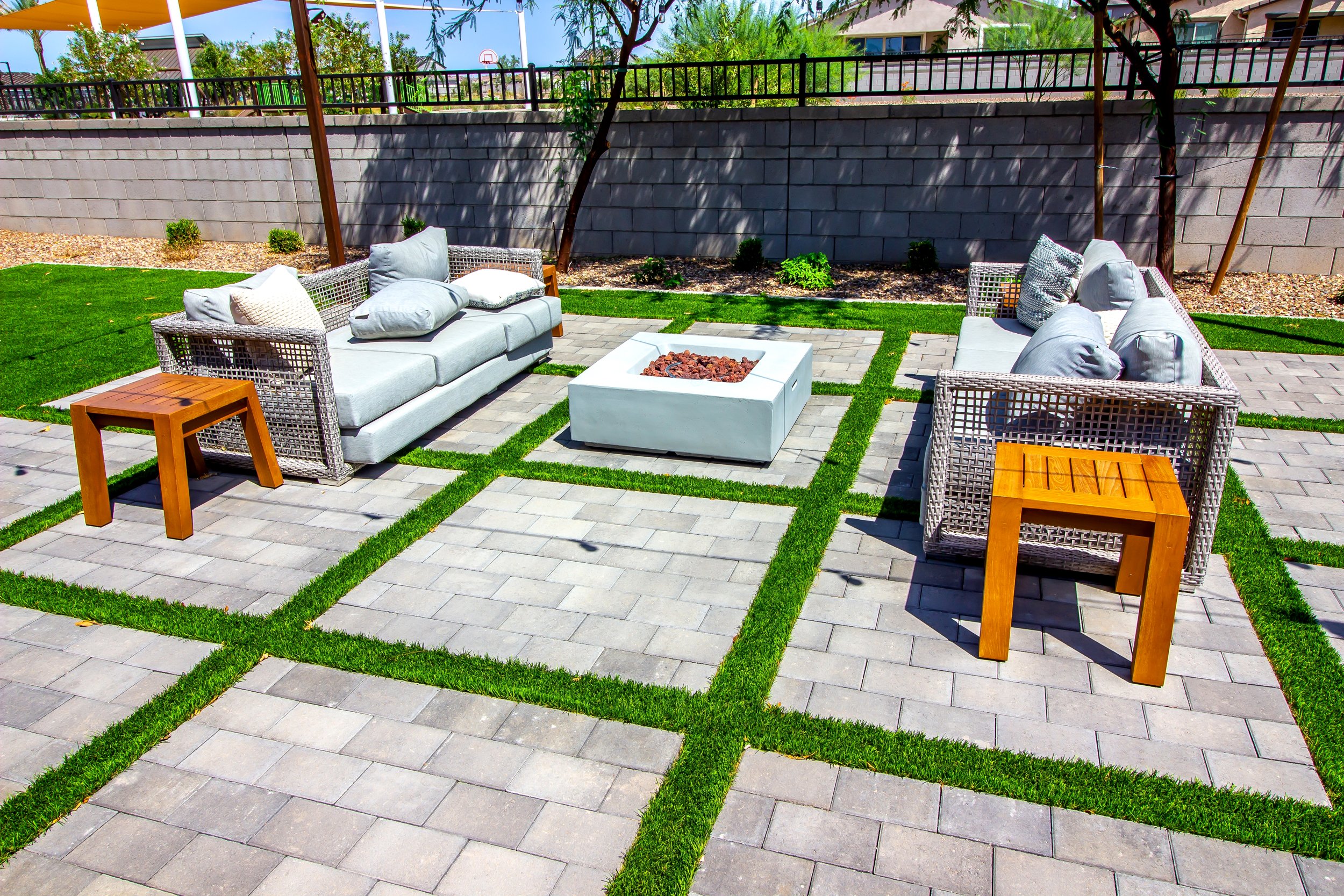Introduction
Creating concrete garden pavers is a rewarding DIY project that can transform your outdoor space with durability and style. Concrete pavers provide a solid, long-lasting surface perfect for patios, walkways, and garden paths. With the right materials and techniques, you can craft custom pavers that fit your garden’s aesthetic and functional needs.
This guide will walk you through the entire process of making concrete garden pavers—from selecting materials and mixing concrete to molding, curing, and finishing. Whether you’re a seasoned DIY enthusiast or a beginner, you’ll gain practical insights and expert tips to achieve professional-quality results.
Why Choose Concrete Garden Pavers?
Concrete garden pavers offer several advantages that make them a popular choice for landscaping:
- Durability: Resistant to weathering, heavy foot traffic, and wear.
- Customization: Easily shaped and colored to match your garden design.
- Cost-Effectiveness: More affordable than natural stone with similar aesthetics.
- Low Maintenance: Simple to clean and repair if needed.
Understanding these benefits helps you appreciate why making your own pavers can be both economical and satisfying.
Materials and Tools Needed for Making Concrete Pavers
Before you start, gather the following essential materials and tools:
- Portland cement (high-quality for strength)
- Sand (fine aggregate)
- Gravel or crushed stone (coarse aggregate)
- Water (clean and free of impurities)
- Concrete mold (plastic or rubber molds designed for pavers)
- Mixing container and tools (wheelbarrow, shovel, or concrete mixer)
- Protective gear (gloves, safety glasses, and mask)
- Release agent or oil (to prevent sticking)
Using the right materials ensures your pavers will have the strength and finish required for outdoor use.
Step-by-Step Process to Make Concrete Garden Pavers
1. Preparing the Concrete Mix
For optimal strength, use a mix ratio of 1 part cement, 2 parts sand, and 3 parts gravel. Gradually add water while mixing until you achieve a thick, workable consistency similar to peanut butter. Avoid adding too much water, which can weaken the final product.
2. Preparing the Mold
Apply a thin layer of release agent or oil inside your molds. This step prevents the concrete from sticking, allowing you to remove the pavers smoothly after curing.
3. Pouring and Compacting
Pour the concrete mix into the mold and use a trowel or gloved hands to press and compact it firmly. Eliminating air bubbles is crucial for durability. Level the surface with a trowel to your preferred finish.
4. Curing the Pavers
Allow the pavers to cure in the mold for at least 24-48 hours in a shaded, moist environment. Proper curing strengthens the concrete and prevents cracking. After demolding, continue curing the pavers by keeping them damp for another 7 days.
5. Finishing Touches
Once fully cured, you can sand any rough edges or apply concrete sealant to enhance color and protect against stains and moisture.
Tips for Customizing Your Concrete Garden Pavers
- Add Color: Use integral concrete pigments or stain the surface after curing.
- Create Texture: Impress patterns with textured mats or stamps.
- Incorporate Decorative Elements: Embed stones, glass, or tiles before the concrete sets.
- Shape Variety: Use molds of different shapes and sizes for unique layouts.
These customization options allow you to tailor pavers to your garden’s style and personality.
Common Challenges and How to Avoid Them
- Cracking: Ensure proper water ratio and adequate curing time.
- Sticking to Mold: Always apply a release agent before pouring.
- Uneven Surface: Compact thoroughly and level with a trowel.
- Weak Pavers: Use quality materials and correct mix ratios.
Addressing these points ensures your concrete pavers are strong, attractive, and long-lasting.
Conclusion
Making concrete garden pavers is a practical and creative way to enhance your outdoor living space. By following the right steps—from mixing quality concrete to curing and finishing—you can produce durable, customized pavers that improve both the beauty and functionality of your garden. Remember, attention to detail during preparation and curing is key to success. Ready to start your project? Gather your materials and enjoy crafting your very own concrete garden pavers that will stand the test of time.
